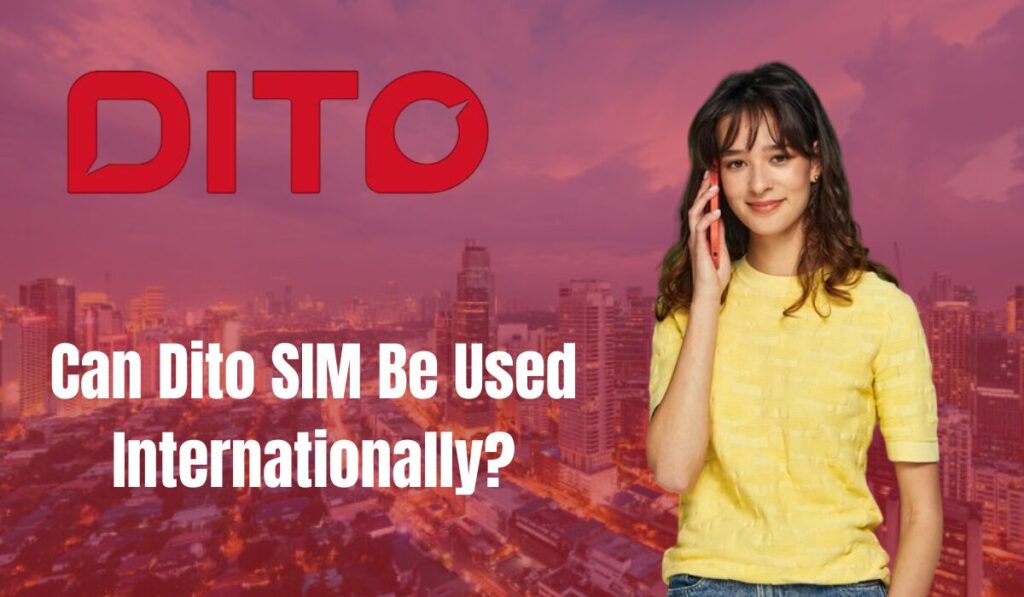SIM Card Prices Philippines: Your Ultimate Buyer Guide for 2025

SIM Card Prices Philippines: Looking to switch mobile carriers in the Philippines? Understanding SIM card prices and types is key before you make a move. Whether you want a prepaid or postpaid plan, this guide helps you choose the right SIM, maximize network coverage, and enjoy fast internet. By the end, you’ll be ready to pick the perfect SIM for your device and lifestyle.
How Much Does a SIM Card Prices Philippines?
SIM cards in the Philippines are generally affordable, ranging from ₱50 to ₱100, depending on the network provider and type of SIM. Here’s a quick breakdown:
| SIM Type | Price Range | Notes |
|---|---|---|
| Standard SIM | ₱50–₱60 | Mostly for older devices or specialty equipment like ATMs |
| Nano SIM | ₱50–₱100 | Most common for smartphones and wearables |
| eSIM | ₱50–₱100 | Embedded in devices; convenient but requires compatible smartphone |
Tip: Some postpaid plans include the SIM price in their package, while bundle promos with handsets can be more expensive than SIM-only deals.
Types of SIM Card Prices Philippines
Knowing the type of SIM card you need helps you avoid compatibility issues. Currently, the Philippines offers:
- Standard SIM (Mini SIM)
- Dimensions: 15 x 25 mm
- Usage: Older phones, vending machines, and ATMs
- Not common in modern smartphones
- Nano SIM
- Dimensions: 12.3 x 8.8 mm
- Usage: Smartphones, smartwatches, WiFi routers
- Most widely used SIM type in 2025
- eSIM (Embedded SIM)
- Dimensions: 6 x 5 mm
- Usage: Latest smartphones, eSIM-capable smartwatches
- Advantages: Easy activation without physical SIM, dual-SIM capability
- Device-dependent: Check if your phone supports eSIM
Factors to Consider Before Buying a SIM Card
Buying a SIM card isn’t just about price. Here are the key factors:
- Device Compatibility
- Not all phones support eSIMs or nano SIMs.
- Check your phone’s specs (Apple, Samsung, or flagship devices usually support eSIM).
- Decide if you need dual-SIM capability (physical + embedded).
- Network Coverage
- Ensure your network works in your home, workplace, and school.
- Visit the carrier’s website for coverage maps.
- For 5G users, verify availability — 4G is still more widespread.
- Inclusions and Promotions
- Prepaid SIM: Flexible data and call options, top-ups available.
- Postpaid SIM: Regular bills, often with unlimited data.
- Check bundle promos: Some include call minutes, data, and SMS perks.
Where to Buy SIM Cards in the Philippines
SIM cards are widely available:
- Retail stores: SM, Robinsons, and local shops
- Online: Network provider websites, Lazada, Shopee
- Telecom outlets: DITO, Globe, Smart
Buying online often allows instant SIM registration and delivery.
Pros & Cons of Different SIM Types
| SIM Type | Pros | Cons |
|---|---|---|
| Standard | Cheap, widely compatible in legacy devices | Large, not for modern smartphones |
| Nano | Small, widely supported, affordable | Requires proper device slot |
| eSIM | No physical SIM needed, dual-SIM support | Limited device compatibility |
Tips for Choosing the Best SIM in 2025
- Identify your phone type — Check if it supports nano SIM, eSIM, or both.
- Compare network coverage — Consider home, work, and school locations.
- Check promos & inclusions — Prepaid vs postpaid, internet data, call minutes.
- Consider 5G readiness — For faster speeds and streaming.
- Budget smart — SIMs are affordable; postpaid or prepaid costs may vary.
Conclusion
SIM card prices in the Philippines remain affordable, but choosing the right SIM is crucial. Check your device compatibility, network coverage, and available promos before purchasing. For ultra-fast 5G internet, DITO SIM cards are highly recommended.






